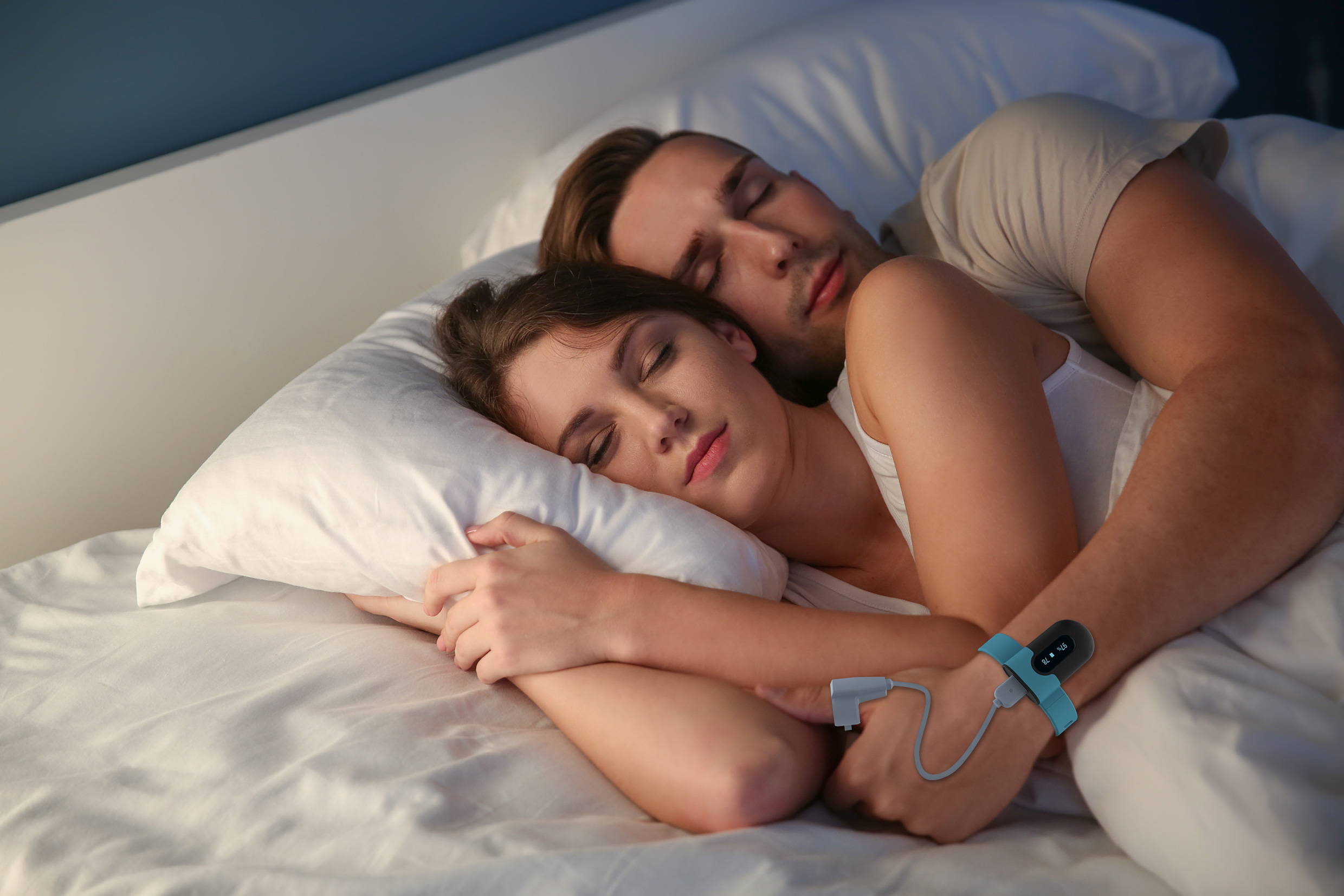High blood pressure is one of the major health problems common in adults, and the vascular system throughout our body is aging. For example, arteries becoming stiff can raise blood pressure. However, high blood pressure doesn't cause many signs of disease that you can see or feel, and many people may not even know they have high blood pressure. Therefore, we need to have a certain understanding of blood pressure and have the awareness of measuring blood pressure regularly.
1. Understanding SpO2
SpO2, or peripheral capillary oxygen saturation, is a measure of the oxygen saturation level in the blood, expressed as a percentage. It represents the proportion of hemoglobin molecules in the blood that are carrying oxygen, and it is a critical parameter for assessing respiratory function. The normal range of SpO2 is typically between 95-100%, with a value below 90% indicating hypoxia or insufficient oxygen supply to the body's tissues. Low SpO2 levels can result from a range of conditions, including lung diseases, sleep apnea, heart failure, anemia, and carbon monoxide poisoning. Therefore, monitoring SpO2 levels can be essential in diagnosing and treating respiratory and cardiovascular disorders.
2. Sport Smartwatches and SpO2 Measurement
SpO2 levels in sports Smartwatches are frequently measured via reflected detection. This method involves shining a light into the skin and measuring the quantity of light reflected. The volume of reflected light is then utilized to compute the oxygen saturation level in the blood. The blood oxygen measurement of the Vibeat smartwatch relies on the red light and infrared sensors. The principle is that red blood cells with more oxygen absorb red light and infrared in different proportions to calculate blood oxygen.
3. Reliability of SpO2 Measurement by Sport Smartwatches
The reliability of SpO2 measurement by sports smartwatches can vary, and it is essential to consider several factors when assessing the accuracy of these devices. Some of the factors that can affect the reliability of SpO2 measurement by sports smartwatches include:
Sensor quality and calibration: The quality and calibration of the SpO2 sensor in the smartwatch can significantly affect the accuracy of SpO2 measurement. The sensor should be of high quality, properly calibrated, and sensitive enough to detect subtle changes in oxygen saturation levels accurately.
Skin pigmentation: Skin pigmentation can interfere with the accuracy of SpO2 measurement as it can affect the amount of light that passes through the skin. People with dark skin pigmentation may experience lower SpO2 readings than their actual oxygen saturation levels.
Ambient light conditions: The presence of ambient light can affect the accuracy of SpO2 measurement, as it can interfere with the readings obtained by the sensor. As a result, it is critical to obtain SpO2 measurements in a darkly lighted area.
Motion artifact: Motion artifact refers to body movement that might interfere with SpO2 monitoring by sports smartwatches. Motion artifacts can cause erroneous readings or the inability to get a reading entirely.
Therefore, while sports smartwatches can provide an easy and practical approach to continually monitoring SpO2 levels, it is critical to investigate the factors that can affect their reliability. They should not be used for diagnostic or clinical purposes. If you have any concerns about your SpO2 levels, seek medical advice.
4. Conclusion
In conclusion, SpO2 is an important sign of respiratory health and oxygen saturation levels in the body. Those who are worried about their respiratory health or have underlying medical disorders that impact oxygen saturation levels might benefit from continuous monitoring of SpO2 levels.
Although the accuracy and reliability of SpO2 measurements vary from device to device, sports smartwatches are the easiest and most useful tools for SpO2 monitoring when worn correctly and used in the correct environment, especially for people who engage in physical activity or require continuous monitoring of oxygen saturation levels.
WRITTEN BY VIBEAT
Related Blogs
Recommended Products





